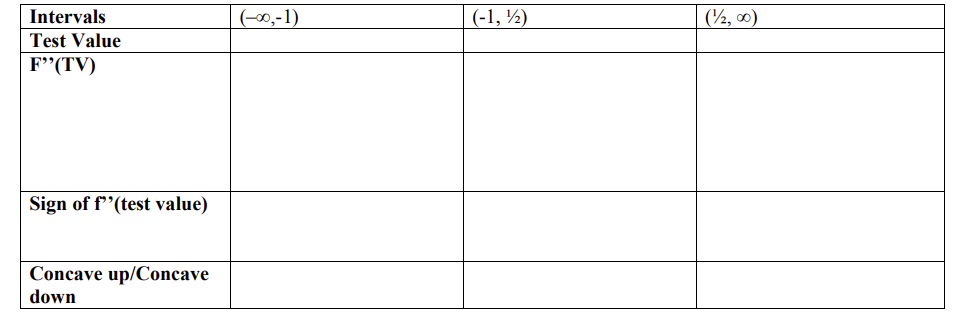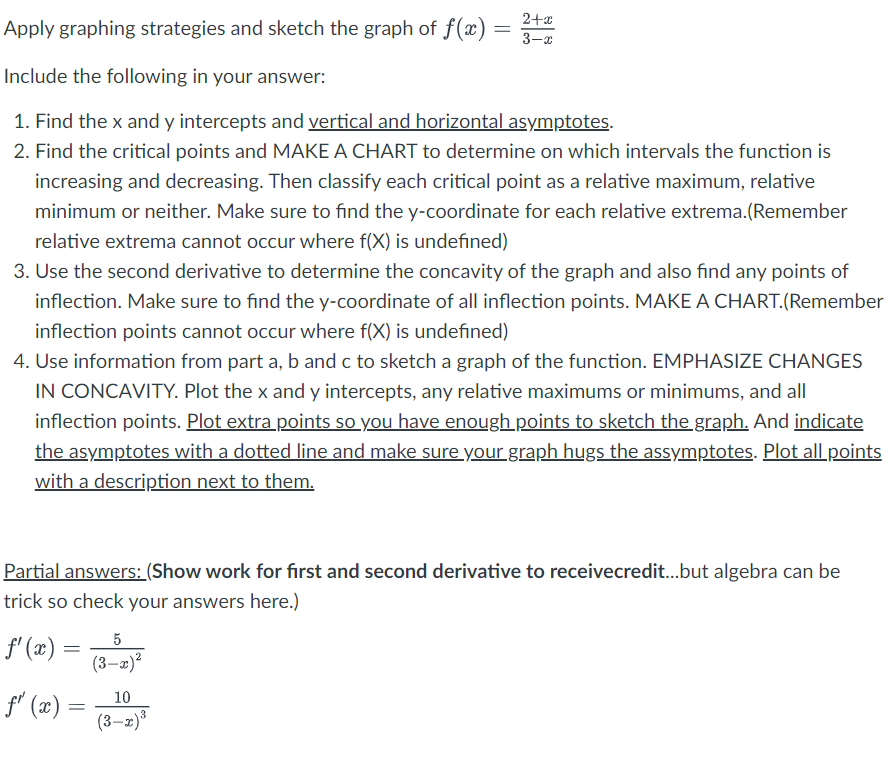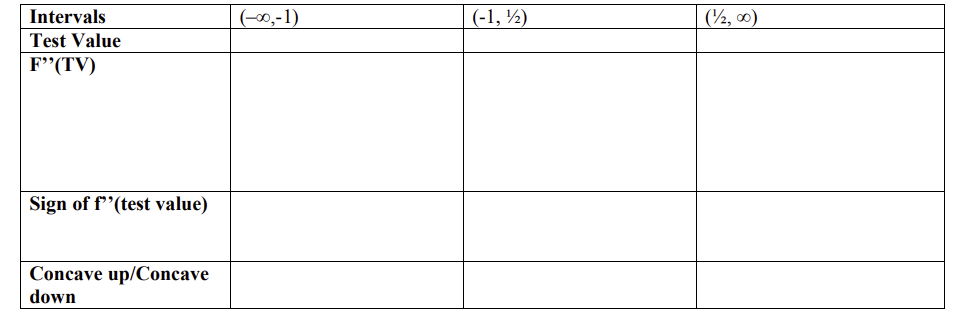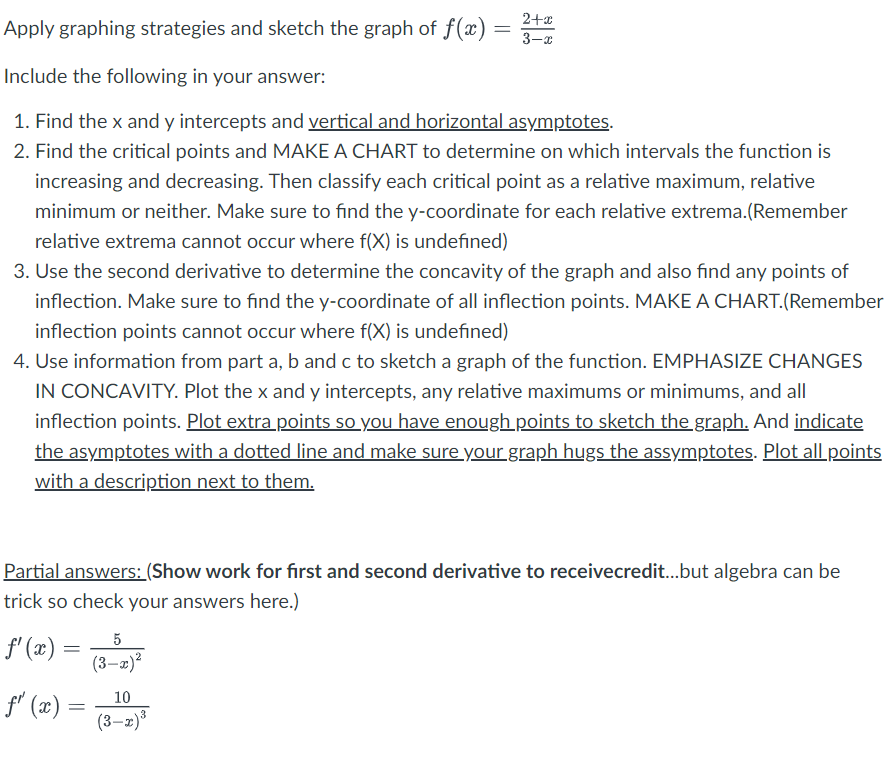Answered step by step
Verified Expert Solution
Question
1 Approved Answer
Intervals (-00, - 1) (-1, 1/2) (1/2, 00) Test Value F(TV) Sign of f' (test value) Concave up/Concave downApply graphing strategies and sketch the graph




Step by Step Solution
There are 3 Steps involved in it
Step: 1

Get Instant Access to Expert-Tailored Solutions
See step-by-step solutions with expert insights and AI powered tools for academic success
Step: 2

Step: 3

Ace Your Homework with AI
Get the answers you need in no time with our AI-driven, step-by-step assistance
Get Started


